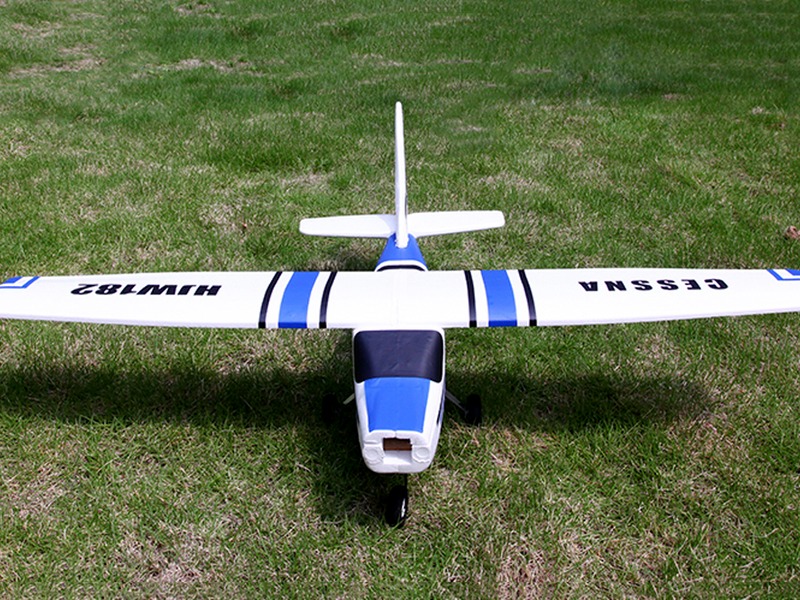Can you fly RC plane without rudder?

The short answer to the question of whether you can fly an RC plane without a rudder is yes, you can. While the rudder is a necessary component of a traditional aircraft, its role in a radio-controlled (RC) plane is not as essential. This is because RC planes are typically flown with the aid of a remote control, which allows the operator to adjust the plane’s orientation without the need for a rudder.
In order to understand why a rudder is not necessary for RC planes, it is important to understand the purpose of the rudder in a traditional aircraft. The rudder is used to control the yaw of the aircraft, which is the rotation around the vertical axis. By deflecting the rudder in one direction or the other, the pilot can turn the aircraft in that direction.
In an RC plane, the remote control is used to adjust the orientation of the plane. The remote control typically has two joysticks, one for controlling the pitch of the plane (up and down) and one for controlling the roll of the plane (side to side). By manipulating these joysticks, the operator can adjust the orientation of the plane without the need for a rudder.
In addition to the remote control, RC planes also typically have ailerons, which are used to control the roll of the plane. The ailerons are located on the wings and are typically operated with the remote control. By adjusting the ailerons, the operator can turn the plane by banking the wings in one direction or the other.
In conclusion, it is possible to fly an RC plane without a rudder. This is because the remote control and ailerons can be used to adjust the orientation of the plane without the need for a rudder. While a rudder is still necessary for a traditional aircraft, it is not as essential in an RC plane.
Comments / Question
2. Make sure to have a pre-flight inspection and keep the aircraft serviced and in good condition.
3. Choose a flight area with plenty of open space and no people or objects that may be in the path of an out-of-control RC plane.
4. Practice on the ground and in the simulator, and get plenty of help from an experienced RC pilot.
5. Make sure the transmitter is functioning correctly and that all control surfaces are responding correctly.
6. Make sure the battery is in good condition and charged properly before flying.
7. Start with shorter flights and slowly increase flight time as you gain experience.
8. Always fly in good weather conditions with minimal wind.
9. Have a spotter on the ground to assist you in keeping an eye on the aircraft.
10. Immediately end the flight session if the aircraft behaves abnormally or unexpected wind gusts occur.
2. Aileron Control: This technique uses the ailerons on the wings of the RC plane to control the direction of the plane. By changing the angle of the ailerons, the plane can be made to turn left or right.
3. Elevator Control: This technique uses the elevator on the tail of the RC plane to control the direction of the plane. By changing the angle of the elevator, the plane can be made to turn left or right.
4. Wing Warping: This technique uses the wings of the RC plane to control the direction of the plane. By changing the angle of the wings, the plane can be made to turn left or right.
2. It reduces drag, resulting in greater efficiency and faster speeds.
3. It is easier to maneuver in tight spaces and can be flown in areas with limited space.
4. It allows for smoother, more accurate turns.
5. It is less expensive and requires less maintenance than an RC plane with a rudder.

